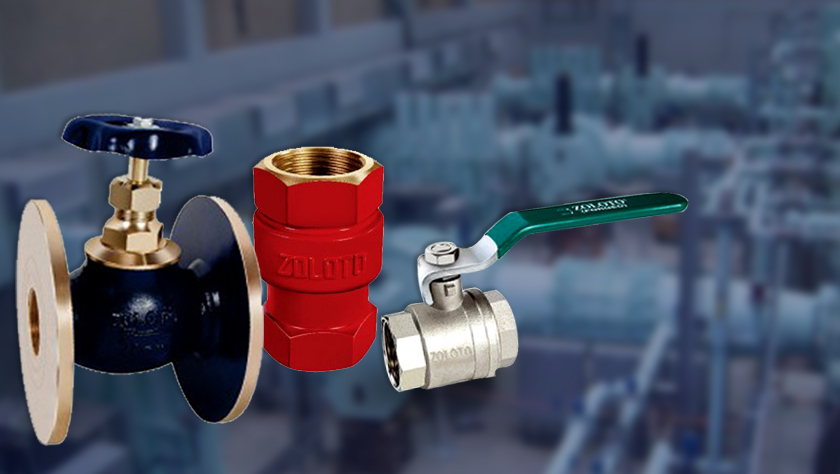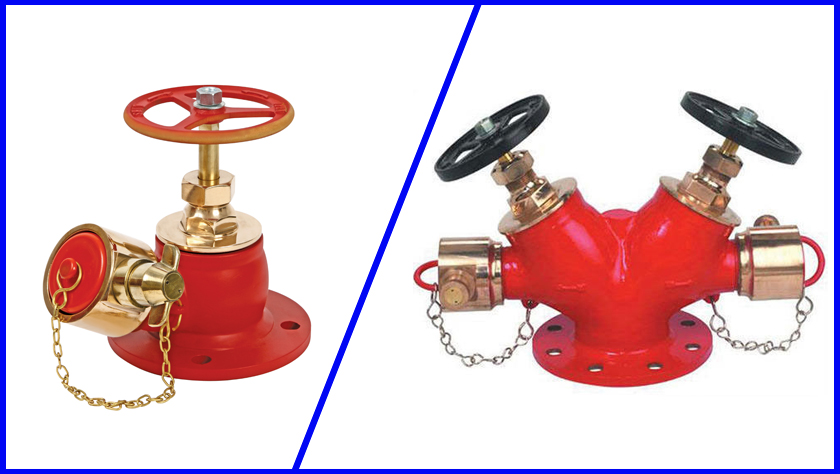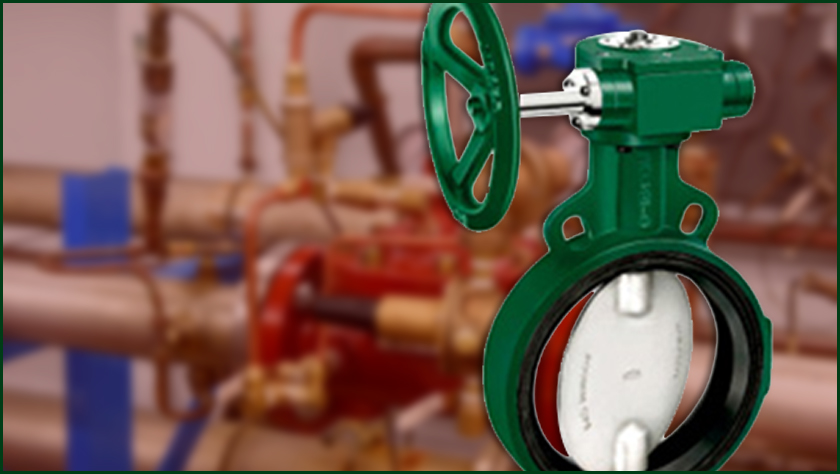Flanged valves allow assembling the system components without cutting or welding pipe. A flange is a rigid joint that can withstand the pressure and pipe loads related to the system and is a structural element of the piping system.
Several dominant standards such as British Standard adopted from the European Standard is followed while deciding the size and joints of the flange. Factors like the type of service, material requirement, maximum pressure capacity, and temperature affect the rating of flanged valves.
The biggest advantage of using a flanged valve is the valve can be removed easily from the pipe. Another benefit is it ensures a tight joint under given operating conditions which helps in avoiding leakage problems.
They are made with different types of materials such as cast irons, bronzes, castable alloys, and forged steels. Flanged valves can be used in various industries including food and beverage, chemical, pharmaceutical, oil and gas, and in waste-water management services.
Different Types of Flanged Valves
The major type of flanged valves are ball valves, check valves, butterfly valves, globe valves, and relief valves.
1. Check Valves : It is used to prevent back flow in a piping system and they can sustain heavy pressure. Check valves can be used in refining and chemical industries, waste-water management systems, and in oilfield production.
2. Ball Valves: It is used to control the flow of substances and possess poor throttling characteristics. Ball valves can be used in oil and natural gas industry. They are also used in chemical storage and many manufacturing sectors.
3. Butterfly valves: They have limited control capability and are used to regulate flow. They require very less maintenance and are very accurate. They can be used in pharmaceutical, chemical, and food processing services.
4. Globe valves: They use linear motion to throttle flow.Globe valves don’t leak as much as other valves. Globe valves can also be used as stop-check valves as the opening-closing time is shorter. They can be used for high-temperature applications.
5. Relief valves: They are used to protect the system during an overpressure event. Relief valves are used in high-rise buildings, high-water pressure inthe urban water supply network, and mines.
6. Control Valves: A control valve allows specific pressure to pass through the system. They can be used in construction, oil and gas industry, nuclear power industry, pharmaceutical, and refining industry.
Conclusion
Flanged valves serve different purposes and are widely used in various industries. Faulty assembly of the valve can cause dangerous leaks so it is advised to clean the connection thoroughly before installing a valve.
SKG Pneumatics Inc. has all types of valve equipment that serve various purposes. All of our products are highly durable and provides the complete value of money.












 FSC
FSC